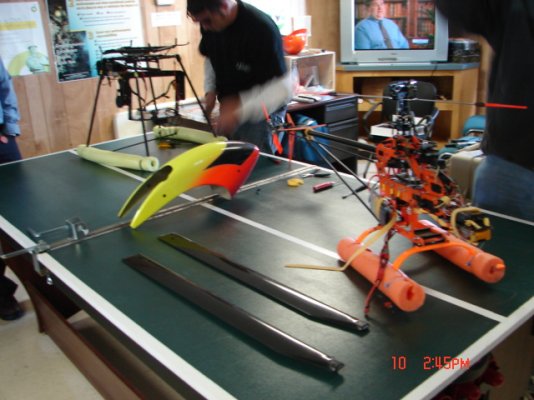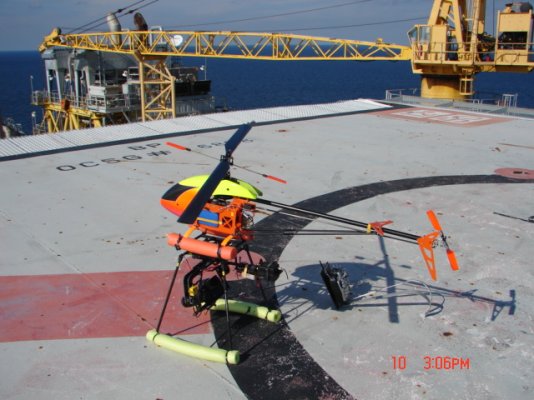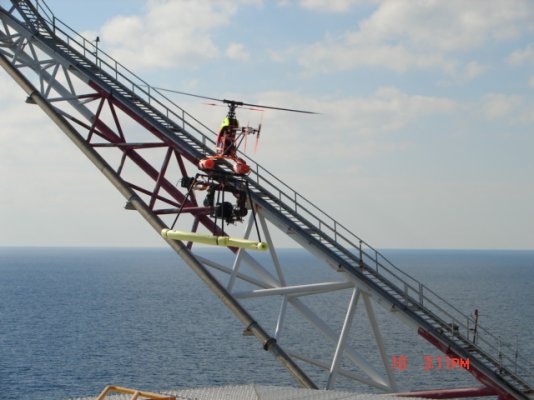Maybe for a sharp pilot that knows his engine out procedure. One last month over in Asia knife edged it into a bridge on the takeoff roll which the FAA believed to be due to loss of power in one of the engines (it was a twin).
If you're talking about the TransAsia flight, it is strongly believed that neither engine was performing properly, and, it was not on the takeoff roll, but several mile from the airport.
Planes have enough reasons to crash, a drone shouldn't be one of them.
Absolutely!
Lets not forget the one that needed the Hudson to land, could have been a drone instead of a bird. That sounds like I'm a nut but as someone that flies planes and runs boats, I take operating stuff seriously. Unfortunately drone operators (I refuse to call them pilots) are mostly on the opposite end of the spectrum.
Again, a dual engine failure, not single. And not by a single bird, but a flock of Canadian Geese (Canada Geese to the PC people). Big difference.
Airspace for drones really needs to be defined not only for public safety (densely populated areas cannot have aircraft flying below 1000') and for privacy. It's almost unnecessary because as soon as something comes out, GoPros will be equipped with telephoto lenses









